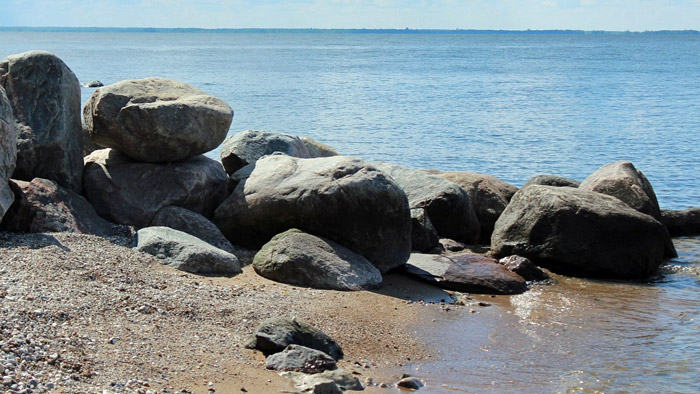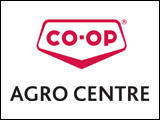Environment and Climate Change Minister Tracy Schmidt announced that the Manitoba government is establishing nutrient targets to protect Manitoba’s lakes and rivers for future generations.
“This a major step forward in water quality protection for Manitobans,” said Schmidt. “This regulation for Lake Winnipeg and its tributaries sets the first-ever formal nutrient reduction target for improving water quality in Manitoba’s history. Establishing nutrient targets for our cherished rivers and lakes is essential in protecting those waterways for generations to come.”
Through the Water Protection Act, the Nutrient Targets Regulation will include Lake Winnipeg and the Red, Winnipeg, Saskatchewan and Dauphin rivers. It commits Manitoba to report regularly on progress towards implementing the targets and actions underway to reduce nutrient levels in waterbodies in Manitoba. This provides a clear, measurable benchmark with the goal of effecting real change in the protection of Manitoba’s waterways, the minister said.
“Establishing and implementing nutrient targets will help Manitoba’s collective water quality efforts by guiding future nutrient reduction activities and best management practices, identifying priorities and helping track progress and outcomes over time,” said Schmidt.
In recent decades, nitrogen and phosphorous have increased in Lake Winnipeg and the Red, Winnipeg, Saskatchewan and Dauphin rivers, contributing to increased frequency and intensity of algal blooms. The minister noted these potentially toxic algal blooms have serious economic, health and environmental implications and contaminate beaches, reduce water quality and are detrimental to the communities and industries that depend on the lake.
“This regulation is a welcome addition to the efforts to improve water quality across the Lake Winnipeg Basin,” said Ted Preister, executive director, Red River Basin Commission. The Red River Basin Commission believes these targets are an important step in bringing Manitobans together to address threats to our precious waters. Provincial leadership in setting these goals is a major driver in promoting further action throughout the basin.”
“Farmers, including those in Manitoba’s hog sector, are taking significant steps to help address today’s environmental challenges, including the protection of our lakes and waterways across the province,” said Rick Préjet, chair, Manitoba Pork. “Manitoba’s hog sector is committed to being part of the solution going forward and protecting our environment, all while producing more food for consumers in Canada and around the world. Having reliable data is a key step on this path forward.”
For more information on Manitoba’s water and nutrient management efforts, visit gov.mb.ca.





